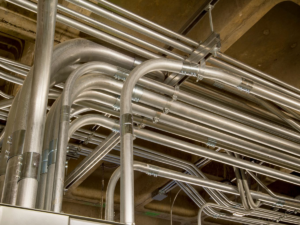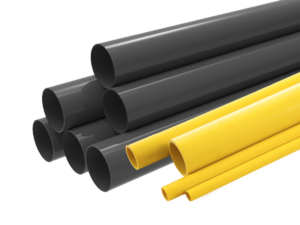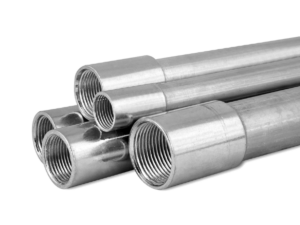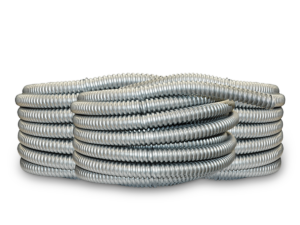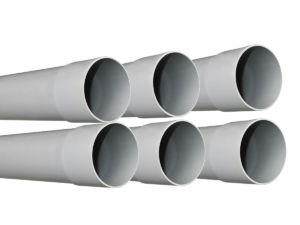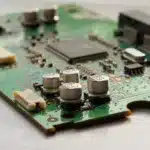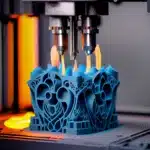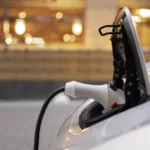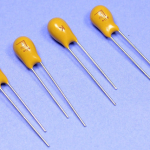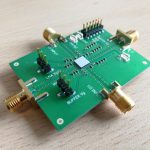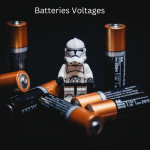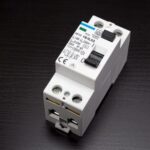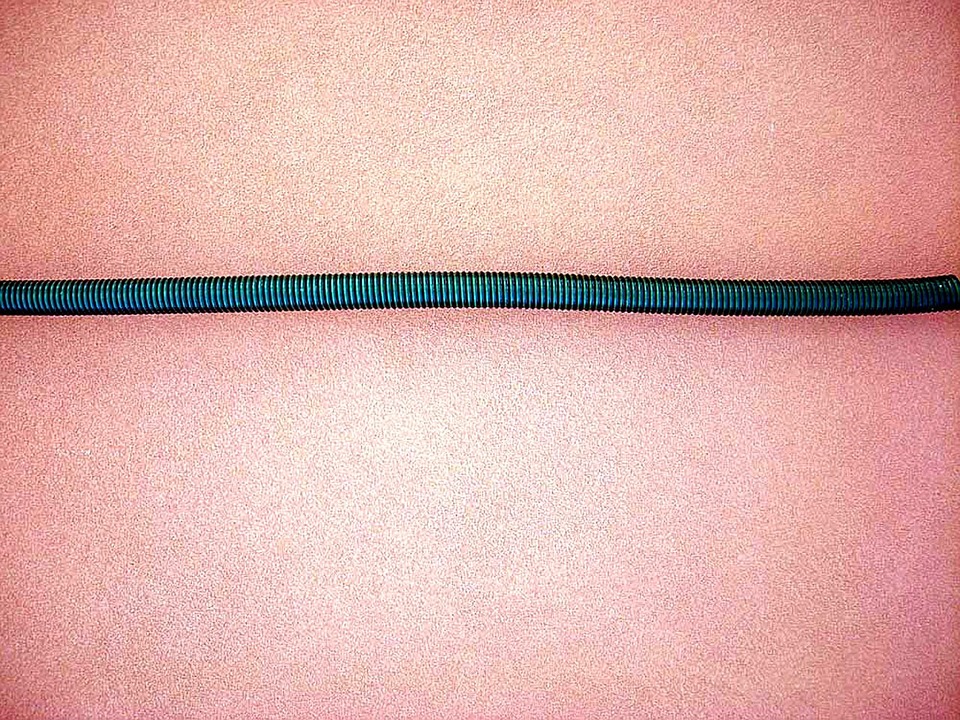
Electrical wirings can be protected by the use of conduits that are tubing enclosures providing protection and a pathway to electrical wirings or conductors. In places of installation when wiring is subjected to any kind of damage or is in exposed conditions then electrical conduits are used. Compatible fittings and electrical boxes are used during the installation of conduits and these must be of the same material. Cable conduit wall installation must be done in accordance with the National Electrical Code (NEC). The additional fittings must be of the same material as that of the conduit which may be metal or plastic depending upon its application and your requirements. There are many different types of electrical conduits. We will mention a few important ones below:
Electrical Metallic Tubing
Electrical metallic tubes are made of galvanic steel or aluminum and are a type of rigid electrical conduit. These conduits are comparatively thin and lightweight therefore they are also known as thin-walls conduits or cable conduit wall. By using a conduit bender you can bend these tubes even though they are rigid. By using a set-screw of compression type of fasteners the couplings and fittings that are used to install EMT are secured. 1/2-inch, 3/4-inch, and 1-inch are the common sizes of EMTs.
Electrical Non-Metallic Tubing
ENT is special plastic tubing that is flexible, moisture-resistant, and flame-retarded. By using glued plastic fitting you can bend and install them easily. Non-metallic tubing is most commonly used indoors and protects routing cables. They can be installed in many wall structures like wood or metal frame walls and concrete walls being covered with concrete. Such tubing is most commonly found in blue color.
Rigid Metal Conduit- RMC and IMC
Rigid metal conduits are made of galvanized steel and are installed to protect wires with threaded fittings. They can be used as structural support for trunking cables, panels, etc, and are most commonly used outdoors to provide protection from any sort of damage. These electrical conduits have threads on both of their ends and are sold commonly in lengths of 10 and 20 feet.
Intermediate Metal Conduits can be used for all of the same applications as RMC but they are more of a thinner and lighter version of rigid metal conduits wall. As these are lighter than RMC such tubes are more preferably used in new constructions.
Flexible Metal Conduit
Flexible metal conduits exist in two types. One is the typical flexible metal conduit which has a spiral structure that gives it the flexibility to crawl through walls. FMC is used most commonly indoors. Sometimes they are used for short runs between a motor or fixed appliance and a wall box.
Another type is a special one and is known as a liquid-tight flexible metal conduit which is coated with plastic and is used to make sealed fitting watertight. These are commonly used with equipment installed outdoors.
Rigid PVC Conduit
Rigid PVC pipes are quite similar to normal plastic tubes and are installed with fittings of the same material held tight in one place with glue. By using heat in a portable heater box these tubes can be bent. The conduit assemblies can be watertight because the conduit tubing and fittings are glued together.






